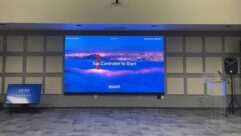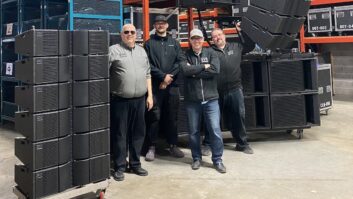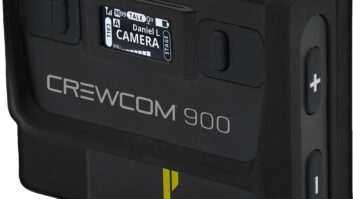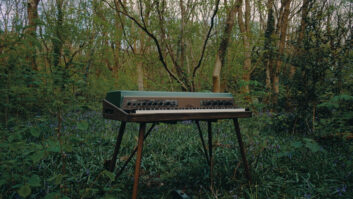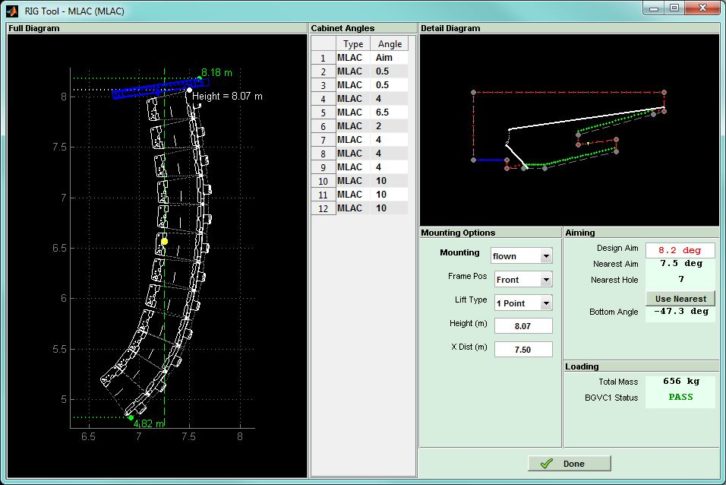
Martin Audio has announced a significant upgrade to Display™, the software brain of the MLA Series. Display is the numerical optimization process that eliminates lengthy trial-and-error tuning sessions, so that an MLA Series system achieves the required audience coverage straight out of the box.
Based on a highly accurate acoustic model of array behavior, it gives a very precise prediction of the direct sound produced over the audience as well as areas where sound is to be minimized. It takes the guesswork out of array design, deployment and control ─ generating ready-to-use DSP filter configurations and comprehensive rigging information, including mechanical load safety analysis.
The patented optimization process evaluates thousands of potential array configurations against multiple target functions—such as frequency response, flatness and sound leakage into non-audience areas. With the computer working behind the scenes, the engineer retains full artistic control over the system’s balance or ”house curve”—Display simply replicates what the engineer hears at the mix position to the entire audience.
With this Display software upgrade, the biggest of its kind so far, there are key improvements and added functionality that will delight both new and regular users. A significant amount of in the field research and feedback was carried out by Martin Audio’s Product Support Group (PSG) to provide end user requirements as a basis for the upgrade.
Display now fully supports all MLA products including Compact and Mini. Deployment options, such as ‘ground-stack’ and ‘flown’, are selected at the start of the design process. The comprehensive rigging view then provides detailed mechanical information to help construct and position the array.
Notably, the ‘Slice Import function’ from existing Display projects is now available making it possible for the user to build a database of designs that can be utilized again upon returning to the same venue.
Display’s powerful optimization code has also been improved. Depending on specific system deployment, HF headroom has improved by up to 3dB. “Hard Avoid” regions – such as a requirement for a quiet stage or the avoidance of reflective surfaces or controlling noise pollution beyond the audience perimeter, now have potential to be even more effective without compromise to audience coverage.
Another significant enhancement is the inclusion of non-linear index points making the prediction of how the array will perform in the real world much faster to generate. Display takes reference points around a 2D slice of the venue that are essentially “virtual test microphones” and from each one a frequency response is calculated and used to create the index plot so the coverage in the entire venue is easily interpreted at a glance. Previously, these points were spaced evenly in the audience region but the contribution of each array cell changes more quickly in the near-field than the far-field.
The spacing of the reference points in the new Display are now closer together at the start of the audience region getting further apart as you go through the audience region to the furthest seat. By altering the spacing points to better match array behavior, fewer points are necessary which speeds the software computation and therefore quicker deployment.
3D DXF array export is a useful inclusion as it allows users to create beautifully detailed dimensionally accurate, drawings of the array, which could be utilized as part of installation quotes or indeed as part of a set design layout.
Finally, the new Display helps identify any ‘Shadow’ coverage areas like underneath deep balconies, where there is no direct transmission path from array to listener due to physical obstruction. Display now identifies them with a new pink color making it much easier to re-position an array to cover all the audience or add additional fills to cover such problem regions.
Martin Audio’s Ambrose Thompson was responsible for leading the software development and he commented, “The emphasis for this release is usability. The Product Support Group identified what new features mattered most to end users and explained how to improve existing ones. It’s this collection of improvements that represent the most significant change.
“MLA is the clear leader in providing superior coverage for every member of the audience, and now with this enhanced functionality it’s even easier and quicker to accomplish”.
Display 2.1.10 is now available along with a comprehensive User Manual providing explanation of the design process and how to operate all aspects of the software.
For more about Martin Audio, please click to www.martin-audio.com.
About Martin Audio®
Founded by audio engineer David Martin in 1971, Martin Audio pioneered the use of all-horn-loaded bass designs in world-class touring loudspeaker systems for groups such as Pink Floyd, ELP and Supertramp. Located outside of London, Martin Audio now embodies a sophisticated mix of acoustic design, research, mathematical modeling and software engineering for a wide range of products in the installation, cinema and touring sound markets.





